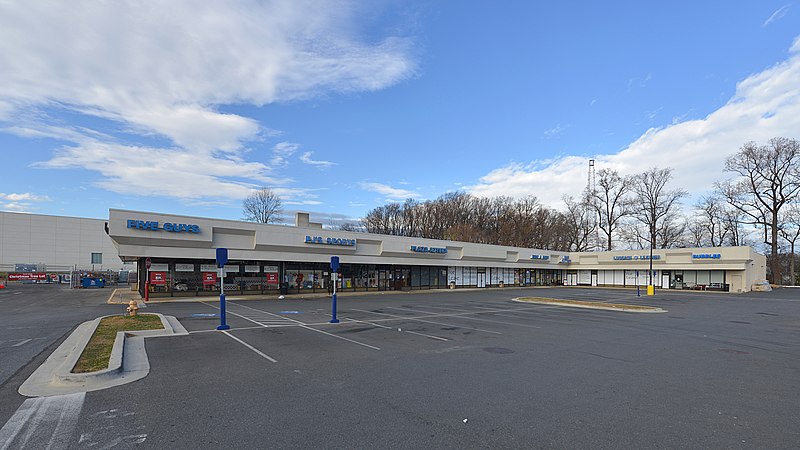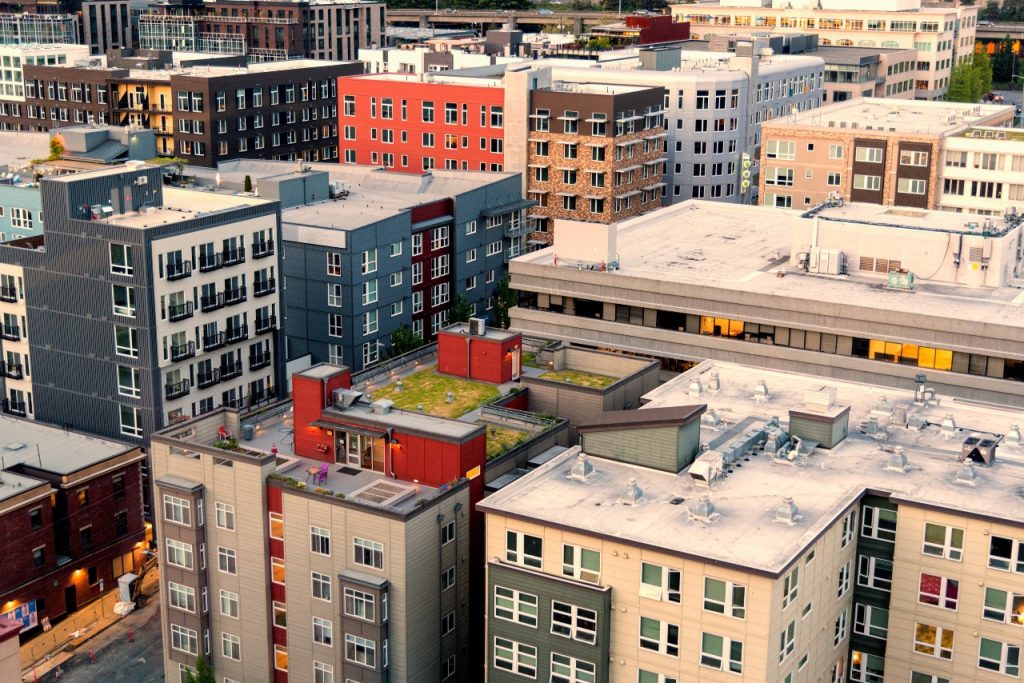Featured photo credit: Dan Keck
Watch out, Spirit Halloween. There’s a new competitor for stagnant commercial buildings coming to town. On Wednesday, September 28th, California Governor Gavin Newsom signed into law two bills that dramatically change the playing field of the state’s housing crisis. Together, these bills aim to bring new life to commercial buildings that aren’t meeting their potential. Instead, construction crews will transform these structures into housing units. Both laws will take effect on July 1st, 2023. Here’s how they will work to address California’s critical housing drought.
The Bills That Will Change California’s Housing Crisis
Senate Bill 6 and Assembly Bill 2011, drafted by Anna Caballero (D-Merced) and Buffy Wicks (D-Oakland) respectively, address California housing. Together, they are encouraging the repurposing of commercial buildings into new housing units. This includes areas formerly subject to strict zoning regulations preventing housing development.

Aspects of the bills were designed to ensure a percentage of inclusion for low and middle class renters. These affordable housing units would be created using underperforming businesses. Such business include predominantly vacant strip malls, vacant office spaces, parking lots, and other underutilized commercial buildings.
The recently signed Assembly Bill 2097 also grants the added bonus of nullified minimum parking restrictions for any repurposed commercial spaces built near transit corridors. The bills prioritize construction near public transit options as well as pre-existing city centers to limit further urban sprawl.
Further Benefits of the New Bills
Both of the new bills also place an emphasis on employment growth opportunities, promising to flood the job market with thousands of positions. These are guaranteed to be paid at union scale with health benefits, even for workers who aren’t part of a union.

Further perks of the twin bills include expedited construction, adherence to environmental guidelines, and certain exemptions from the local government approval process. This includes the California Environmental Quality Act which has been misappropriated to stall certain housing initiatives.
The Carefully Choreographed Dance of Interests
When bills with so much potential pass, it’s tempting to ask “Why didn’t this happen sooner?” In the case of AB-2011 and SB-6, success demanded a carefully choreographed dance of interests. Ultimately, SB-6 found power in the State Building and Construction Trades Council of California. Assorted builders and business organizations further reinforced it. Meanwhile, the California Conference of Carpenters and the Service Employees International Union of California were instrumental in AB-2011’s passing.
When Caballero and Wicks set to work on their bills, they knew it was integral to make concessions to every party to secure their support. Is the solution perfect? No. But with so many disparate groups involved, the idea of a perfect solution may be a fairytale. Instead, we have a compromise the likes of which the state of California has never seen.
How the Bills Work Together to Repurpose Commercial Buildings
If all goes according to plan, the new bills will alleviate shortages of land, motivate talented workers to seek apprenticeships or join construction teams, and do away with many hurdles preventing rapid housing growth. UrbanFootprint published projections showing that, under AB-2011, California could enjoy growth of between 1.6 million and 2.4 million housing units. This will obviously be dependent on the market.

Meanwhile, SB-6 will tackle situations like that strip mall with three barely functioning businesses and a dozen units that seem to always be vacant. It’s a common sight in the Greater Los Angeles area. Instead of continuing to reserve this space for commercial buildings only, SB-6 will transform eligible properties into housing. And many of these housing projects will be for lower or middle income families. Lawmakers hope it will ease the strain on those entering the housing market for the first time.
With approximately 3.5 million new housing units needed prior to 2025, these new bills won’t solve all of California’s housing problems. But even the low end projections will make a considerable dent in those numbers. Of course, we likely won’t see any of these effects until early 2024 after construction crews have had time to build.





One Comment on “Commercial Buildings Find New Purpose with California Housing Bills”